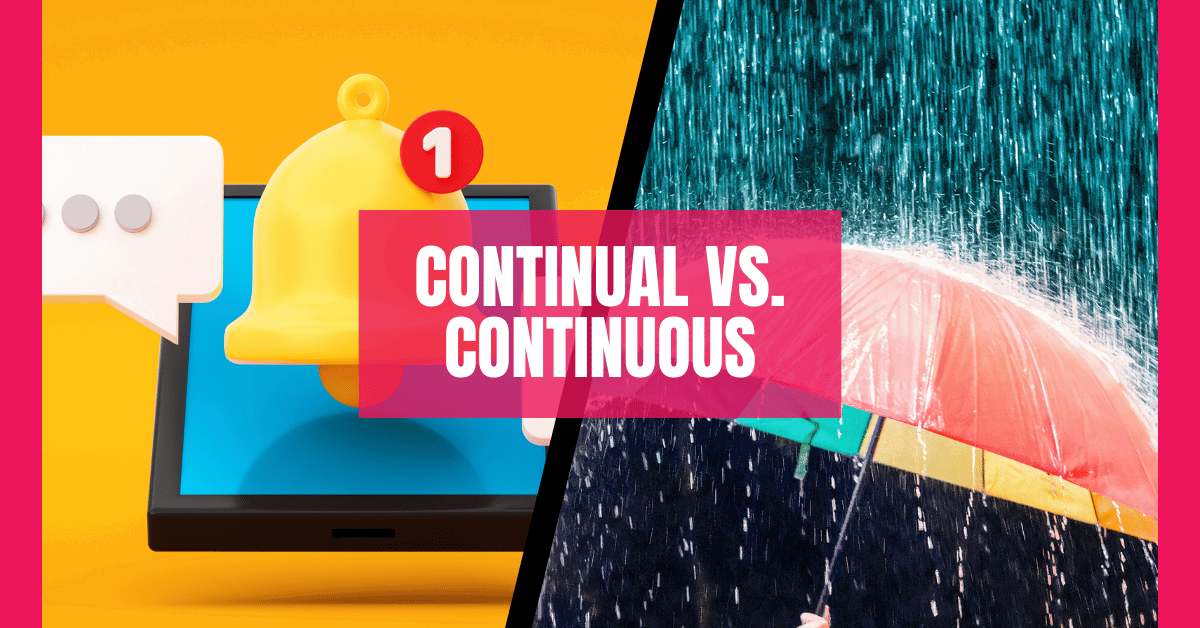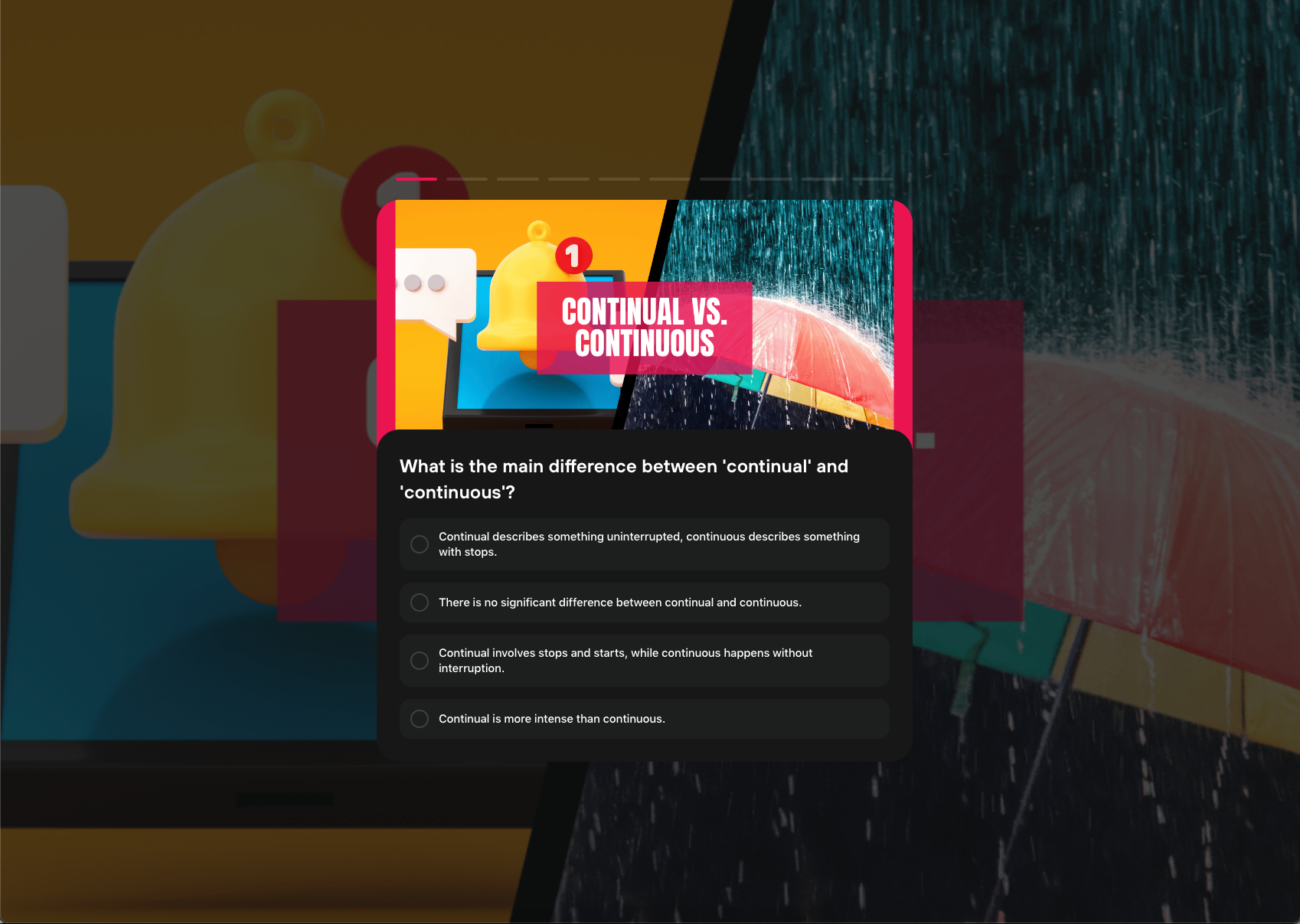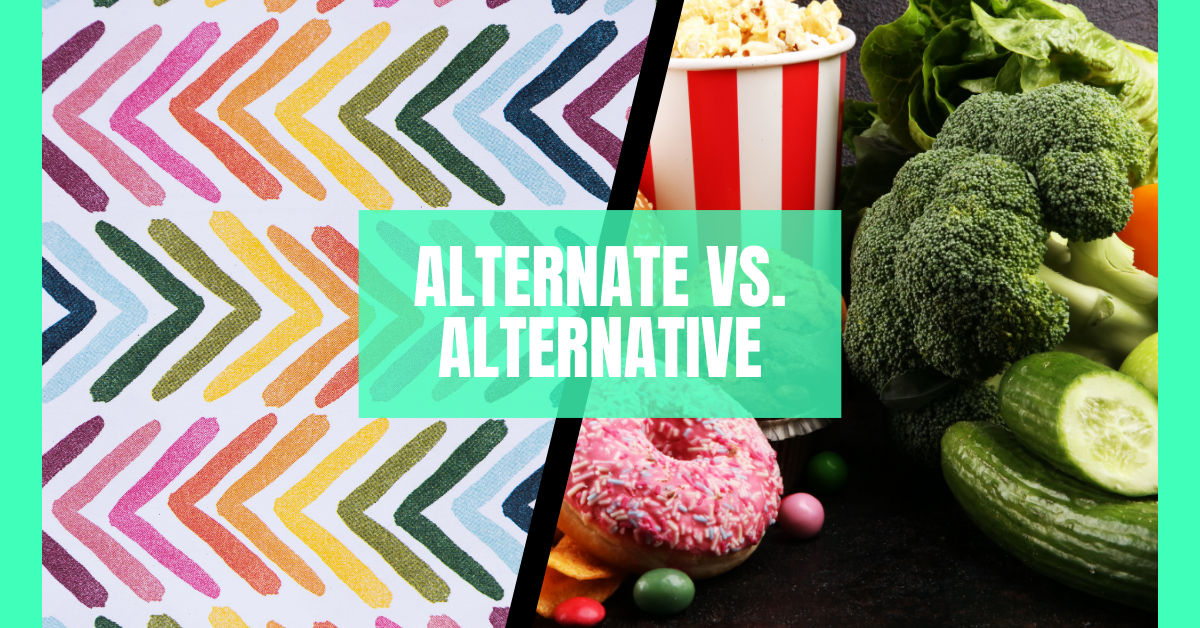Continual vs. Continuous: Mastering the Key Differences in English Usage

Continual vs. Continuous: Mastering the Key Differences in English Usage
Continual vs. Continuous: Understanding the Difference
In the English language, there are often words that seem almost identical but carry subtle differences in meaning. One such pair is continual and continuous. These words are frequently used interchangeably, but they aren’t true synonyms. Understanding the distinction between them can help improve your clarity and precision when speaking or writing in English.
Let’s dive into the meanings of continual and continuous and when you should use each.
Source: Learn English Coach YouTube Channel
What Does Continual Mean?
Continual refers to something that happens repeatedly, with breaks or interruptions in between. It describes actions or events that occur repeatedly but with pauses or gaps between them. Think of it like a cycle—things start, stop, and then start again.
For example:
There have been continual phone calls to customer service all morning.
The continual noise from the street made it hard to concentrate.
In both examples, the action (phone calls, noise) happens repeatedly, but there’s a sense that there are breaks between each instance.
A good way to remember continual is to think of the word “continue.” When something continues, it stops and then starts again, just like continual.
What Does Continuous Mean?
On the other hand, continuous refers to something that happens without interruption. It’s like a straight line—once it starts, it keeps going without stopping.
For example:
The continuous hum of the air conditioner put me to sleep.
The rain fell in a continuous downpour throughout the night.
In both examples, the action (hum, rain) is ongoing and doesn’t stop. There are no pauses, no breaks—just one long, uninterrupted action.
A good memory trick for continuous is to think of the word “continue” as well—but in this case, imagine it continuing nonstop.
Continual vs. Continuous: Key Differences
Here’s a simple breakdown of the differences between continual and continuous:
Continual: Starts and stops repeatedly but with pauses or breaks in between.
Continuous: Happens without any interruption or stopping.
This distinction becomes more apparent when you look at the examples side by side:
Continual: She dealt with continual interruptions during her presentation. (There were many interruptions, but they weren’t constant.)
Continuous: The presenter spoke for an hour in a continuous flow. (There were no breaks in her speech—it was steady and uninterrupted.)
Why Do People Confuse Them?
It’s easy to see why people often mix up these two words. They both stem from the same Latin root, “continere,” meaning “to hold together” or “to continue.” However, the meanings have evolved over time to describe different types of ongoing actions or processes.
Another factor contributing to the confusion is that both words describe something happening over time. The critical difference lies in the presence—or absence—of breaks. If the action keeps starting and stopping, it’s continual. If it’s unbroken and steady, it’s continuous.
When Should You Use Continual?
Use continual when talking about something that happens repeatedly over time, but with pauses in between. If the event starts, stops, and then starts again—like a dripping faucet, for example—that’s continual.
Examples of Continual Use:
Her continual requests for assistance eventually paid off.
There have been continual updates to the software.
In both cases, the action happens more than once but isn’t constant or nonstop.
When Should You Use Continuous?
On the other hand, continuous should be used when you’re describing something that happens without stopping. If the action or process doesn’t take a break—like the flow of electricity through a circuit—it’s continuous.
Examples of Continuous Use:
The machine runs in a continuous cycle throughout the night.
The river flows continuously toward the ocean.
These examples show that the action is uninterrupted, happening smoothly from start to finish.
Context Matters
One thing to remember is that the context often makes the choice between continual and continuous clearer. When writing or speaking, consider whether the action or event you’re describing has interruptions (even brief ones) or is happening without any breaks.
For instance, if you’re writing about customer complaints that happen daily but with gaps in between, you would say continual complaints. However, if the noise from construction has been going on nonstop for hours, you would describe it as continuous noise.
Final Thoughts
Both continual and continuous deal with time and repetition, but they aren’t interchangeable. By remembering that continual involves stops and starts, and continuous describes something without interruption, you can sharpen your English usage and make your writing or speech more precise.
While these words might seem tricky initially, mastering them will help you convey exactly what you mean with greater clarity. Now that you know the difference, you’re one step closer to being a more effective communicator!
FREE Quiz
Take our free quiz to test your knowledge on Continual vs. Continuous. 👉 Click Here to Start the Quiz.






